After 160 days Colombia’s quarantine ends on September 1. We look at what this means and what happens next as Colombia enters a “Selective Isolation” phase.
Colombia’s national quarantine was one of the longest quarantines in the world at over five months. The Colombian Government and the health authorities in Colombia consider that the quarantine was necessary to reach indicators that permit ending the quarantine and reopening starting on September 1.
Actually, the national quarantine in Colombia was not completely rigorous. Over the past five months, the quarantine was eased several times permitting millions to return to work and businesses such as malls and shops to reopen.
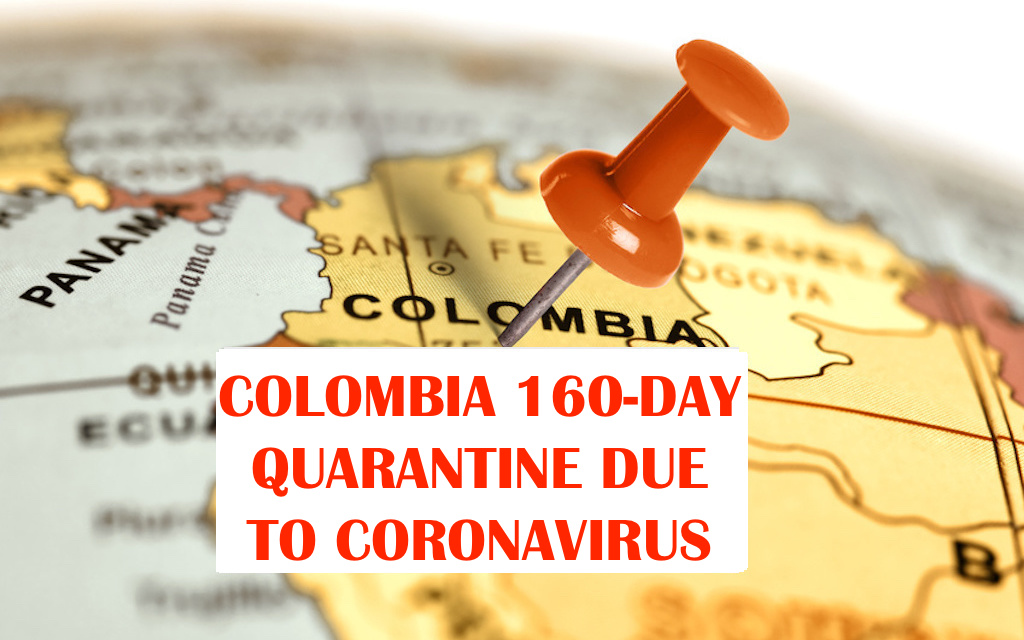
Colombia Quarantine: Nationwide Quarantine Ends on September 1
Colombia’s Quarantine Ends on September 1
Colombia’s initial nationwide quarantine started on March 24 and was originally ending on April 13 but was extended eight times:
- On April 6, was extended to April 26
- On April 20, was extended to May 11.
- A third time was extended to May 25
- A fourth time was extended to May 31
- A fifth time was extended to June 30
- On June 23, was extended a sixth time to July 15
- On July 7, was extended a seventh time to August 1
- On July 28, was extended an eighth time to September 1
So, the national quarantine in Colombia is for a total of 160 days with the national quarantine officially ending on September 1.

Flatten the coronavirus case curve, source CDC
Why the Quarantine in Colombia?
The quarantine was started in Colombia to flatten the coronavirus cases curve to avoid a saturation of intensive care units (ICUs) in Colombia. So, every patient who worsened would receive care, at the same time that the hospital system was expanded in Colombia.
Implementing the quarantine and flattening the coronavirus curve in Colombia allowed the country to go from 5,983 ICUs in February to 9,922 ICUs today.
Without the quarantine, the Ministry of Health estimated that by mid-April all the ICUs in Colombia would have been occupied. And by mid-May the peak of the pandemic would have been reached in Colombia without the possibility of treating thousands of patients.
If only expansion of ICUs was done in Colombia, without a quarantine, the collapse of the health system would have occurred in the third week of July, according to the Ministry of Health.
At the same time as ICU expansion was done, human talent began to be trained to care for all patients with COVID-19, particularly those who required intensive care.
Key Coronavirus Indicators in Colombia
The Colombian Government set nine indicators to track coronavirus. Today, most of them are favorable.
The effective reproductive number of infections (Rt), for example, went from 2.28 at the beginning of the pandemic to 1.11 today. Rt is the average number of people who become infected by an infectious person.
ICU occupancy in Colombia had critical moments with some cities getting above 90 percent occupancy. Today ICU occupancy in Colombia is at 65 percent. And no department (state) in Colombia is currently above 80 percent of its ICU capacity.
In addition, the rate of doubling of cases has slowed down in Colombia. In late August, the rate of doubling is happening every 29 days compared to doubling in less than a week when the pandemic started in Colombia.
Also, the case fatality rate (percentage of deaths compared to total confirmed cases) went from being close to 5 percent a few months ago to 3.2 percent in late August.

Total active coronavirus cases by day in Colombia, source: Worldometers, Nov. 18
Furthermore, a very important indicator is the percentage of recoveries. By the end of August, 72.75 percent of all cases in Colombia are recovered and the number of active cases is starting to drop.
Although these indicators are favorable, there are things to improve, such as contract tracing. According to Instituto Nacional de Salud (INS), only 15 percent of total cases have their contacts identified.
Is Colombia Starting to Experience Herd Immunity?
Instituto Nacional de Salud (INS) estimates that the number of positive cases in Colombia is almost six times that of those identified by the tests. Instead of the over 600,000 confirmed cases yesterday, the real figure is estimated to be around 3.5 million people.
Other estimates are even higher. There are those who say that the true margin compared to what the tests have confirmed so far could be up to twelve to one. In that case, that would mean over 10 percent of the population in Colombia has been infected.
A more precise number is expected in a few weeks when the INS completes an ambitious study, led by DANE, which will begin collecting information on September 15. The goal is to specify what the attack rate is in different urban centers, combining three different methods to find out who has or had the virus.
If a large number of inhabitants of a given population are already immune to the disease and do not act as a transmitting agent, the number of infections should continue to fall relatively quickly, especially if the rules of self-care and biosafety instructions are followed.
What has happened in other places can serve as a reference. At the beginning of April, the eyes of the world focused on the city of New York – where more than eight million people live, which became an epicenter of the pandemic. However, in New York by mid-May the crisis had improved. So much so that the reopening of the vast majority of activities in the city did not result outbreaks that many feared.
No government official accepts that Colombia is close to this herd immunity scenario, at least in the largest cities. Some smaller towns like Leticia or Tumaco, could have fallen into this category. A little further behind would be Cartagena and Barranquilla, along with their neighboring municipalities. Bogotá is seen a little further behind, followed by Medellín or Cali.
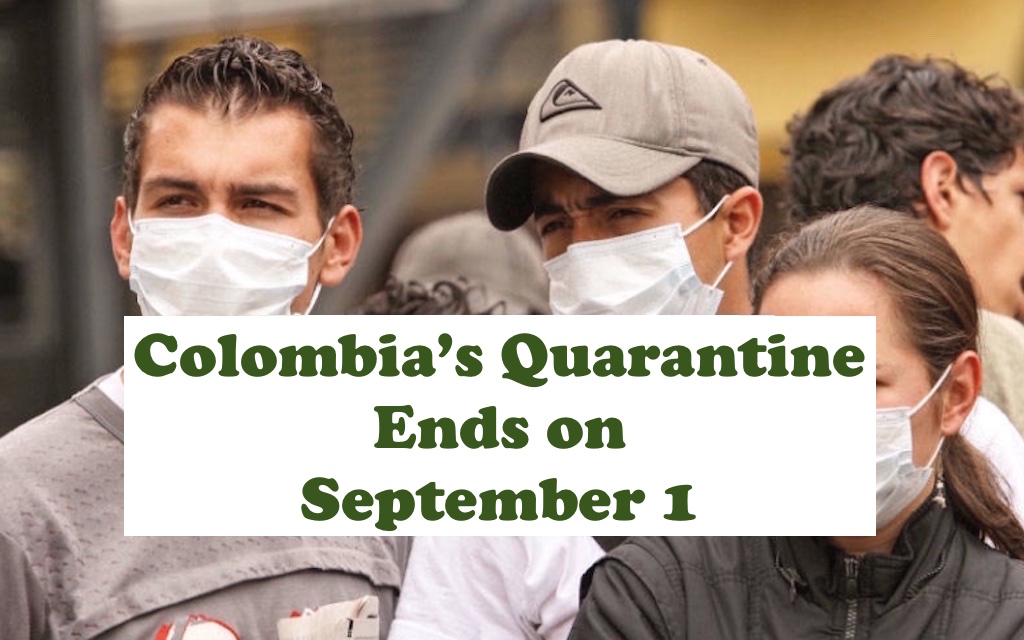
Colombia’s Quarantine Ends on September 1: New Phase Starts
What Happens Next in Colombia?
Starting on September 1 the strict national quarantine measures in Colombia will be gone. And Colombia enters a new phase from September 1 and 30 of “selective isolation”, which prioritizes the tracing of contacts, infections and suspects and reactivates economic and social life.
President Iván Duque Márquez announced on August 24 that the Health Emergency for COVID-19 in Colombia is extended until November 30, while he also announced that from September 1, Colombia will experience a reactivation stage.
Duque further stated that Colombia will no longer be governed by exceptions, but by specific restrictions, where restrictions will be applied to events and crowds. And progress will continue in the opening of sectors, with protocols that have been established by the Ministry of Health.
Domestic flights have resumed in Colombia with fights starting to at least 15 cities. Avianca plans to resume 12 percent of its domestic capacity in Colombia. Domestic flights are now allowed throughout the country. But it is up to mayors to decide if additional airports will open.
Reactivation of international flights is a gradual process, so this will take until after September 1. Colombia is currently working to define international flight protocols between the Prosur countries in the next week with the aeronautical authorities. An announcement by the government with details about international flights resuming is expected in the next week.
There has been a huge tourism impact of coronavirus in Colombia but Colombia plans to start to reactivate tourism in Colombia starting on September 1.
The Minister of Commerce, Industry and Tourism, José Manuel Restrepo, confirmed on August 26 that as of September 1, Colombians will be able to enjoy tourist activities, using biosafety measures.
After five months of closure, the Government announced that the country will be able to resume its tourism activity gradually as of September 1.
As explained by the vice minister of tourism, Julián Guerrero, the only restricted activities are bars, discos, events and the consumption of alcohol in public spaces or in commercial establishments.
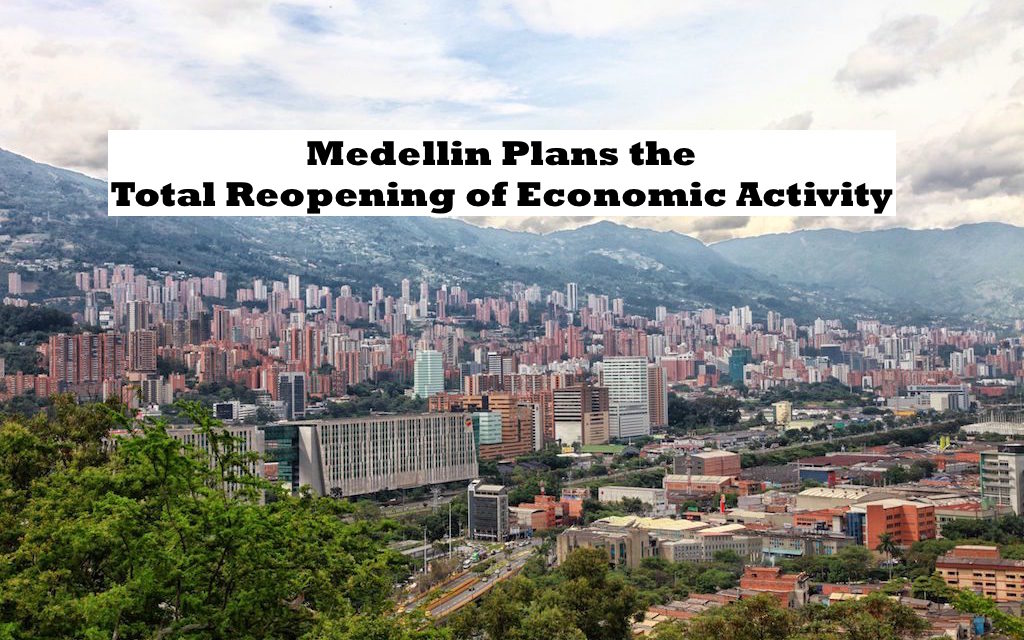
Medellín Plans the Total Reopening of Economic Activities in the City
Cities are Reopening Economic Activities
Also, cities in Colombia are now reopening economic activities. For example, Medellín plans a “total reopening” of economic activating in the city. On August 31, over 6,000 restaurants reopen in Medellín for table service. Over the next four months, this is the reopening plan in Medellín:
- First week of September: gyms.
- Second week of September: open air theaters, events in Plaza Mayor convention center, temples and churches, sports venues, Parque Arví, Pueblito Paisa, El Volador hill and motels.
- Third week of September: cinemas, theaters and related, Parque Norte Amusement Parkand casinos.
- First week of October: coliseums.
- Third week of November: Aeroparque Juan Pablo II, discos and bars.
- First week of December: La Macarena, football (soccer) stadium and massive events.
Medellín is not the only city in Colombia reopening. Other cities throughout Colombia are also opening up.

Computer generated image of COVID-19, photo by Felipe Esquivel Reed
Medellin Guru’s Coronavirus Series
Medellin Guru has a series of articles about the coronavirus pandemic and the impacts in Colombia: Also, these articles are being kept up-to-date, as this is a fast-moving topic:
- Colombia’s Quarantine Ends on September 1: New Phase Starts
- Colombia’s Quarantine Ends September 1: What Happens Next?
- Tourism Impact of Coronavirus: Colombia Starts to Reactivate Tourism
- Economy Impacts in Colombia Due to Extended Quarantine
- Epicenter of Coronavirus in Colombia: Bogotá is the Epicenter
- Medellín Plans the Total Reopening of Economic Activities in the City
- When Will the Quarantine End in Colombia? On September 1?
- Humanitarian Flights from Colombia to the U.S. and Other Countries
- Beware of Fake News in Colombia About Coronavirus and Quarantines
- Reopening Gymnasiums, Churches and Movie Theaters in Colombia
- Reopening Amusement Parks, Zoos and Nature Reserves in Colombia
- Medellín Starts Free COVID-19 Tests on the Medellín Metro
- New COVID-19 Preventive Measures in Medellín to Contain the Pandemic
- Penalties for Violating the Quarantine in Medellín are Stiff
- COVID-19 Orange Alert in Bogotá: New Lockdowns in Bogotá
- Medellín Starts to Lift the Quarantine: Enters Smart Isolation Phase
- Colombia Started to Lift the Quarantine – What Does this Mean?
- Coronavirus: When Will the Quarantine Be Lifted in Colombia?
- Colombia Starts to Lift the Quarantine in COVID-19 Free Areas
- Colombia Quarantine: Nationwide Quarantine Extended to September 1
- Coronavirus in Colombia: Myth vs Reality – Current Status
- Coronavirus Hospitalization in Colombia: Myth vs Reality
- Are Medellín and Antioquia Winning the Coronavirus Battle?
- 23 Cities with a Major Increase in Coronavirus Cases in Colombia
- Colombia Coronavirus Death Rate: What are the Chances of Dying?
- Coronavirus: When Will Things Return to Normal in Colombia?
- COVID-19 Testing in Colombia: Realty About Coronavirus Testing
- Life as an Expat: During Medellín’s Coronavirus Quarantine
- Colombian Visa Process Changes: Due to Quarantine and Coronavirus
- Medellín Coronavirus Closures – What is Closed in Medellín?
- Pico y Cedula: A Restriction for Grocery Shopping in the Aburrá Valley During the Quarantine
- Pico y Cedula in Colombia: Which is Strictest Out of 5 Largest Cities?
- Medellín Quarantine Starts on March 20 for Four Days
The Bottom Line: Colombia’s Quarantine Ends September 1: What Happens Next?
The extreme national quarantine measure in Colombia could not continue forever. This is an unsustainable measure. So, Colombia is moving from a general isolation policy to an individual isolation policy.
Colombia has already been slowly lifting the quarantine in Colombia over the past few months with millions returning to work.
Colombia decided to end the national quarantine after 160 days on September 1 and enter a new phase. We believe many readers will be relieved to hear the quarantine is ending.
Keep in mind that it is essential to continue complying with the biosecurity protocols that have been established during these five months: proper use of face masks, hand washing and social distancing.
Also, restrictive measures can continue in some cities. Medellín is getting rid of Pico y Ceudla on August 31. But Cali is continuing with a Pico y Cedula measure that restricts days you can go shopping based on your ID.
The question now becomes will coronavirus cases start to increase in Colombia after the quarantine ends? We track the coronavirus cases daily in Colombia. So, you can see if the cases start to increase.
However, if the coronavirus situation changes in certain cities in Colombia, mayors have the ability to implement measures such as curfews, quarantines and Pico y Cudula.
Sign up for the Free Medellin Guru Newsletter – You can see all of the previous Medellin Guru weekly email newsletters and sign up here.



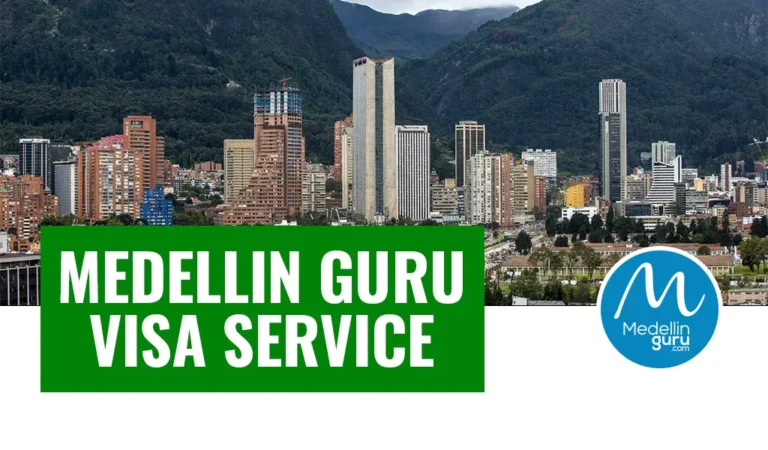
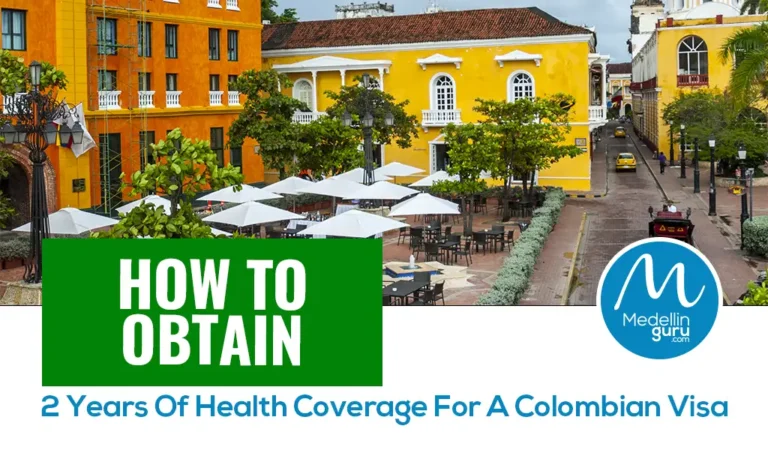


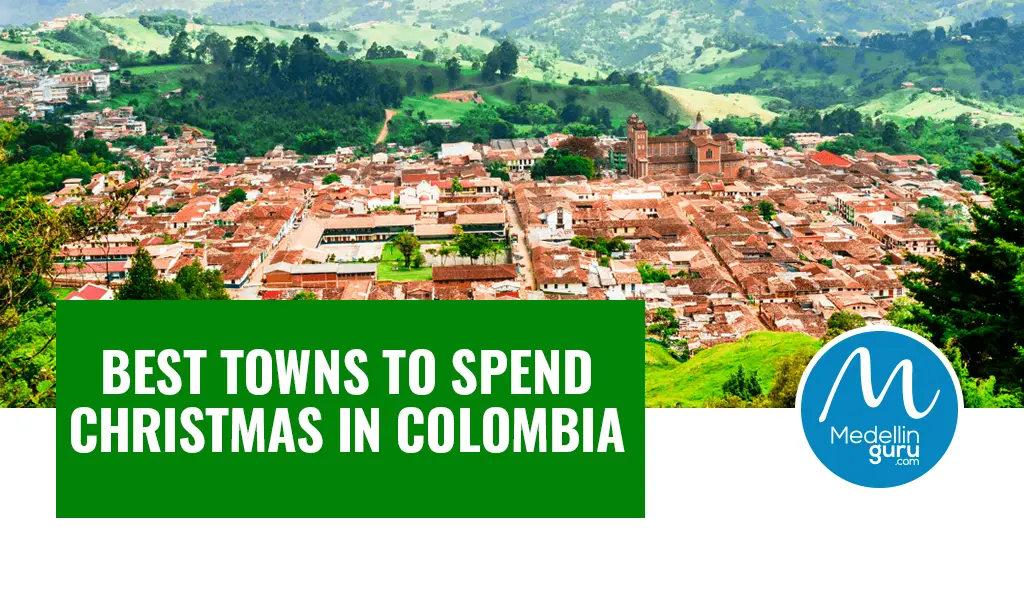

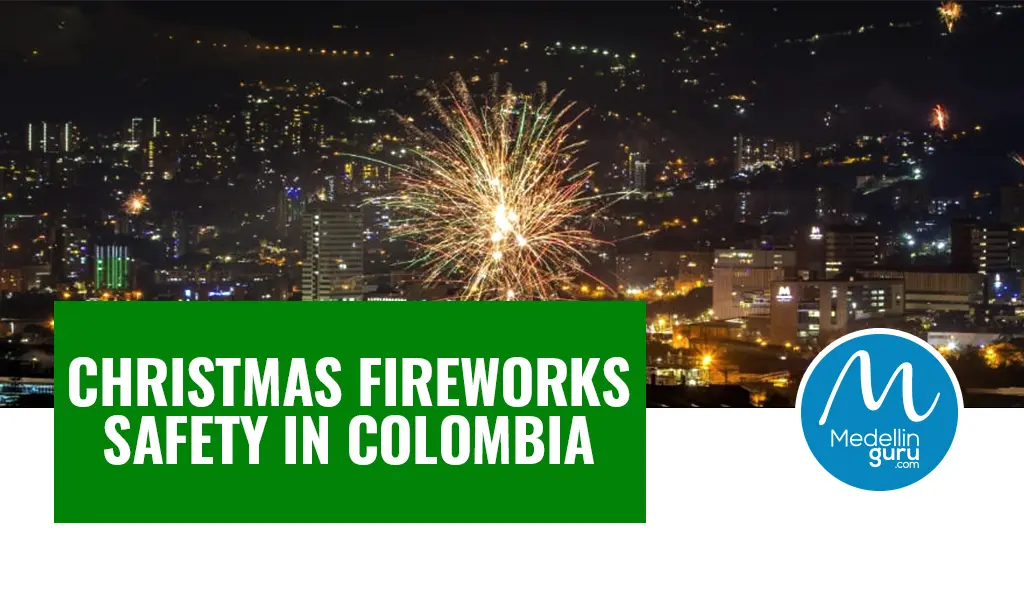

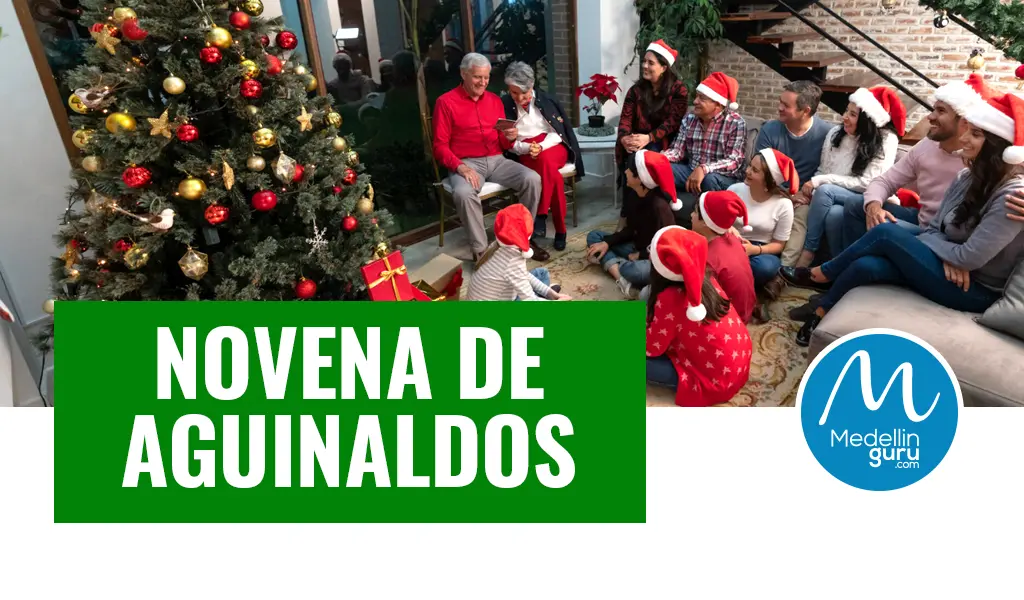




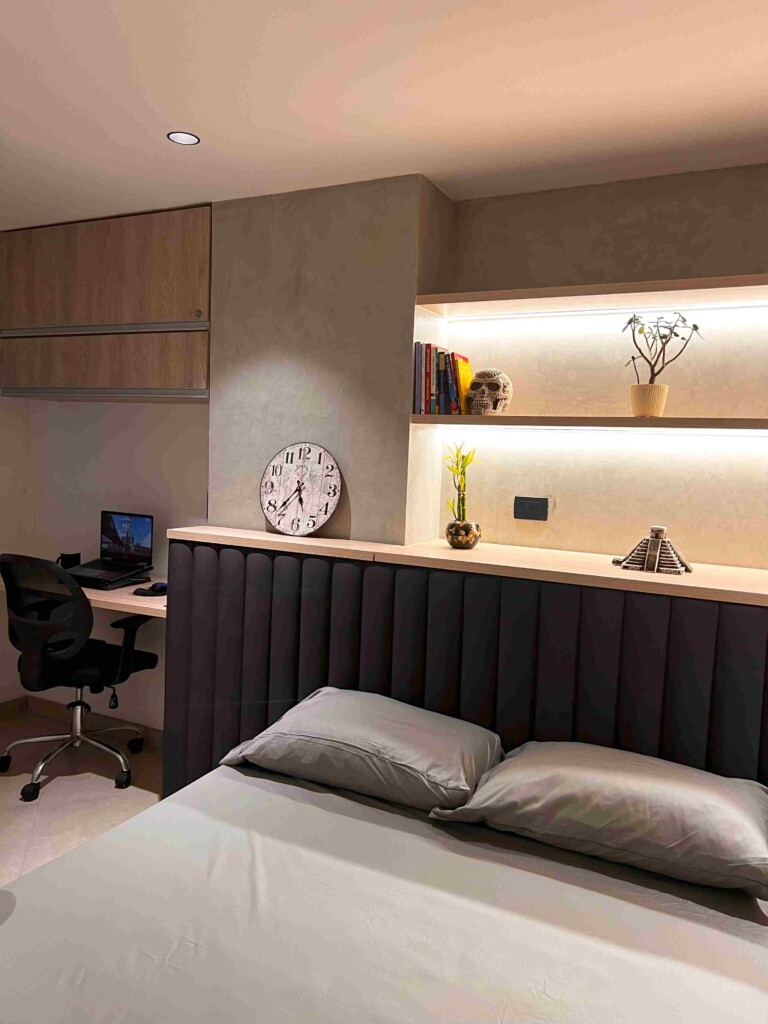
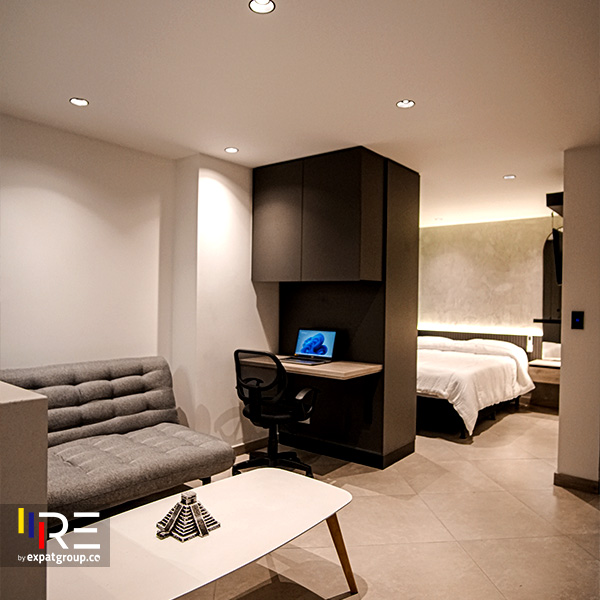






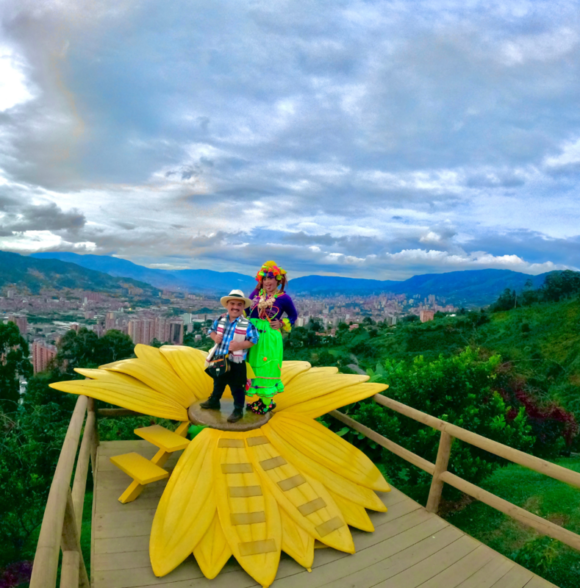





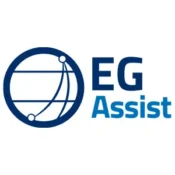


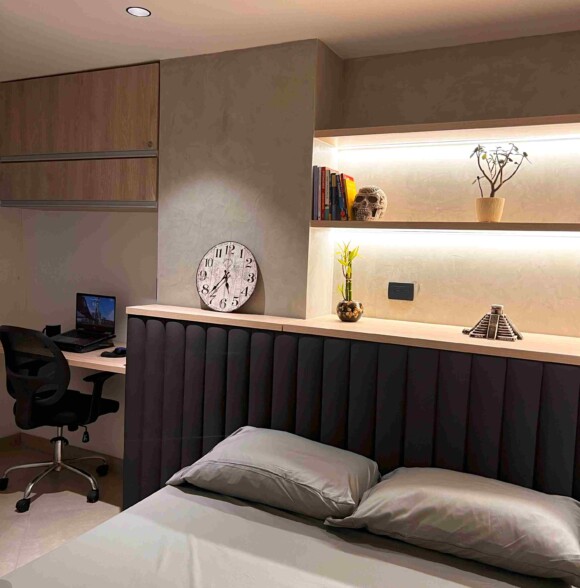
2 thoughts on “Colombia’s Quarantine Ends September 1: What Happens Next?”
Thanks, looks like Colombia was successful in flattening the curve so it could expand ICU capacity. Nice that tourism is opening back up, hope to see international flights soon.
Jeff. Best. Summary. Ever. Kudos.